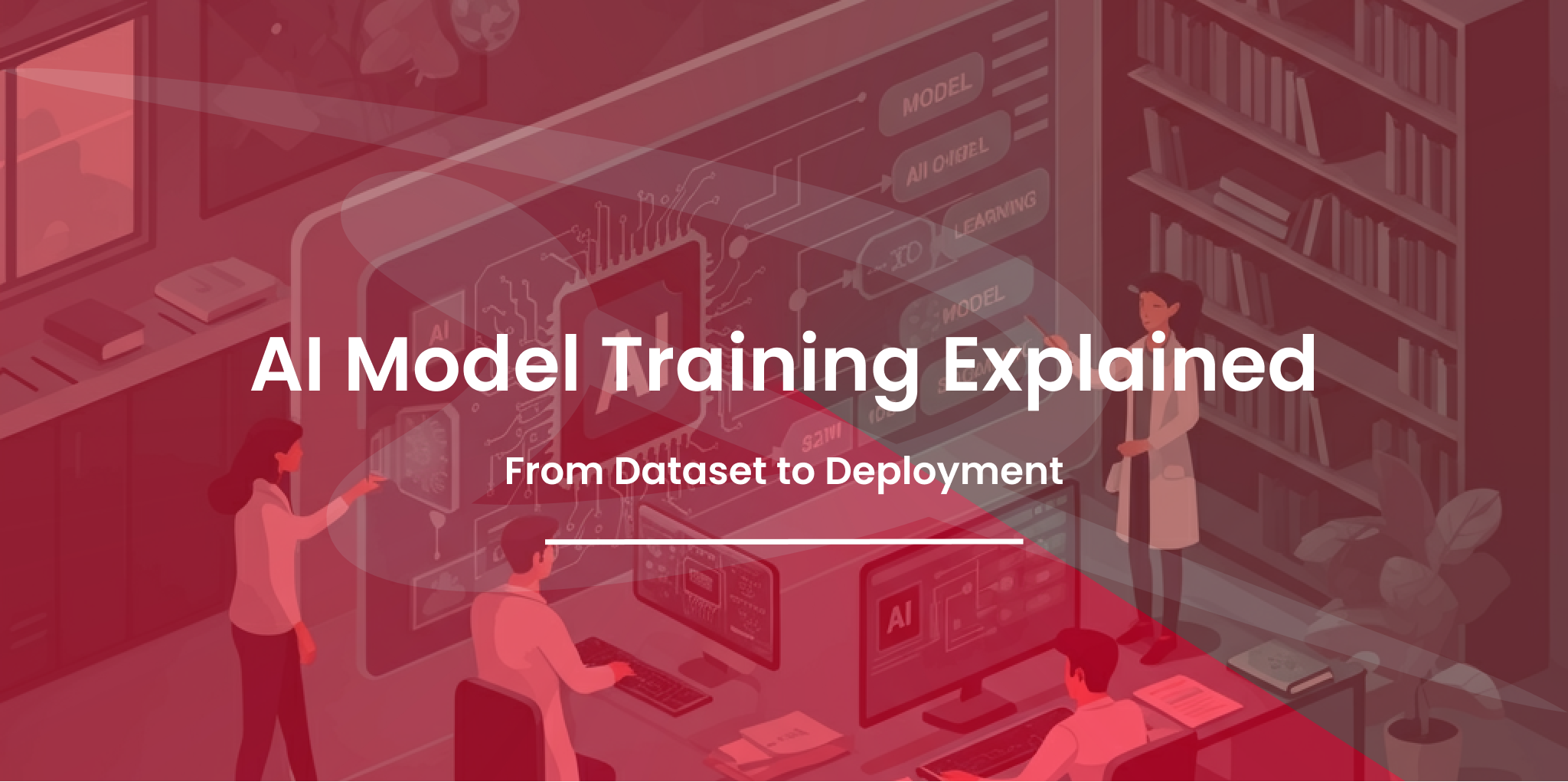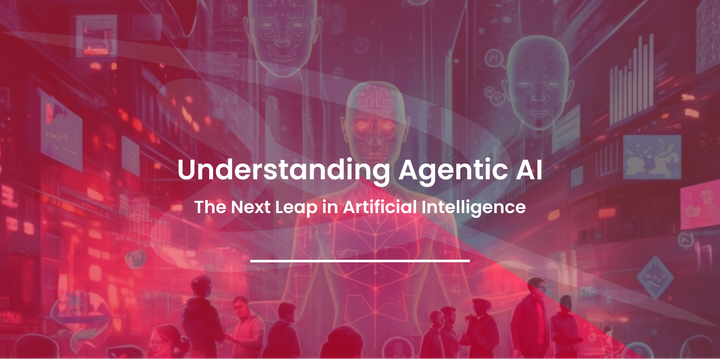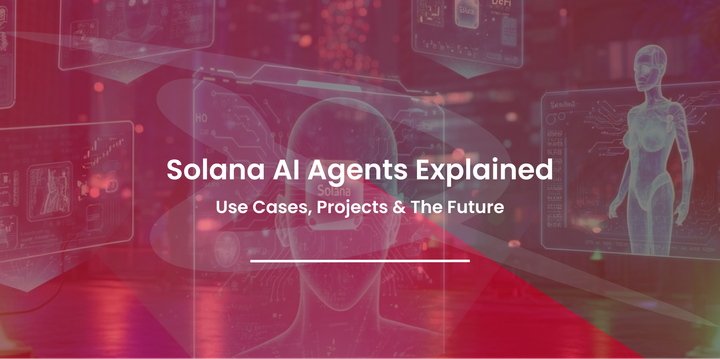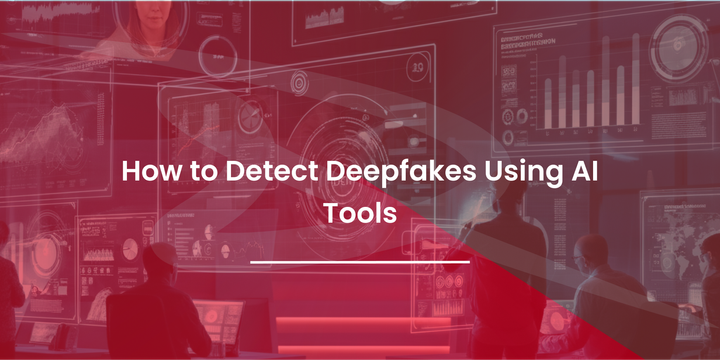AI Model Training Explained – From Dataset to Deployment
Learn the step-by-step process of AI model training, from preparing datasets to deployment strategies. Ideal for machine learning engineers and data scientists.

Artificial intelligence (AI) systems are revolutionizing industries across the globe. But behind every predictive model and automation tool is the pivotal process of training an AI model. Whether you're analyzing financial trends, building a recommendation system, or developing speech recognition software, understanding AI model training is essential.
This guide will walk you through every step of the AI training process—from preparing data to deploying models in real-world applications. By the end, you'll gain practical insights into creating effective AI solutions.
What is AI Model Training?
At its core, AI model training involves teaching a machine learning algorithm to perform a specific task, like classifying images or predicting values. Training typically entails presenting the model with data and allowing it to adjust its internal parameters to minimize errors during predictions.
Importance of Structured Training Pipelines
An unstructured training process can lead to biased results, inefficiencies, or even outright failures. Structured training pipelines ensure:
- Consistent processing of data
- Retention of high-quality insights
- Repeatability of model performance
The AI Model Lifecycle
AI model training is just one stage within a larger lifecycle. These include steps like data gathering, training, evaluation, deployment, and retraining. Understanding this lifecycle can help avoid pitfalls and create AI systems primed for real-world applications.
1. Preparing the Dataset
High-quality datasets are the backbone of AI. But building a strong foundation requires more than just gathering ample data.
Data Collection
Ensure your data is representative and diverse. Sources could include:
- Public datasets (e.g., ImageNet, Kaggle datasets)
- Scraped web content
- Internal company systems
Always consider ethical concerns like privacy and data consent when sourcing information.
Data Cleaning
Not all data arrives pretty. Cleaning involves:
- Filling in missing values
- Removing outliers
- Resolving inconsistencies (e.g., standardizing formats)
Data Preprocessing
Prepare raw data for better model understanding by:
- Normalization: Scaling values into smaller ranges.
- Encoding: Transforming categorical data into numerical (e.g., one-hot encoding).
- Augmentation: Enhancing datasets by generating variations (e.g., rotating images).
Splitting the Data
Dividing the dataset into three subsets ensures robust model evaluation:
- Train Set for training the algorithm.
- Validation Set for tuning hyperparameters.
- Test Set for evaluating final performance.
2. Choosing the Right AI Model
Selecting the right model is crucial. Different tasks demand different approaches.
Supervised vs. Unsupervised Learning
- Supervised Learning uses labeled data (e.g., email spam detection).
- Unsupervised Learning identifies patterns without labels (e.g., clustering customers).
Deep Learning vs. Traditional Machine Learning
- Deep Learning leverages neural networks, excelling in tasks like image recognition.
- Traditional ML excels with smaller, well-defined datasets (e.g., regression tasks).
Match Models to Problem Domains
- CNNs (Convolutional Neural Networks) for visual data.
- LSTMs (Long Short-Term Memory) for time-stamped sequences.
- Transformers for natural language processing.
3. Training the AI Model
Once you’ve prepared data and selected a model, it’s time to train.
Selecting the Right Algorithm
The algorithm depends on your task:
- Regression for predicting continuous values.
- Classification for labeling categories.
- Clustering for grouping related data points.
Loss Functions and Optimization
Loss functions (e.g., Mean Squared Error, Cross-Entropy Loss) help measure the model's errors during training. Optimization algorithms like Gradient Descent or Adam work to minimize these losses.
Hyperparameter Tuning
Parameters (like learning rate or batch size) can influence the model’s ability to learn patterns accurately. Adjust and test these values during training for optimal efficiency.
Balancing Overfitting and Underfitting
- Overfitting occurs when the model memorizes training data but fails generalization.
- Underfitting means the model hasn't captured underlying patterns effectively.
Strive for balance with techniques like reducing complexity, employing dropout layers, or gathering more data.
4. Evaluating Model Performance
Evaluating a model ensures it performs as expected in real-world scenarios.
Key Metrics
Metrics depend on the task:
- Accuracy for overall correctness.
- Precision/Recall for imbalanced data.
- F1-Score for penalizing uneven performance.
- RMSE for regression tasks.
Confusion Matrix and ROC Curve
Use tools like confusion matrices or Receiver Operating Characteristic (ROC) curves to understand a model's performance in-depth.
Cross-Validation
Split your data into multiple subsets and train each time, ensuring the model hasn't overfitted to a specific subset.
5. Model Optimization and Fine-Tuning
Fine-tuning a trained model improves its performance.
Transfer Learning and Pretrained Models
Leverage existing, pretrained models like BERT or ResNet to save computational resources and improve accuracy for similar tasks.
Regularization Techniques
- Dropout reduces overfitting in neural networks.
- L1 & L2 Regularization penalize large coefficients.
Hyperparameter Optimization
Systematically search for the best combination of factors with methods like:
- Grid Search
- Random Search
- Bayesian Optimization
6. Deploying AI Models
Deployment bridges the gap between training and real-world usability.
Choosing a Deployment Strategy
- Cloud-Based Deployment for flexibility and scalability.
- Edge Deployment for devices requiring localized computation.
Model Serialization
Save your model for deployment using frameworks like ONNX, TensorFlow SavedModel, or TorchScript.
Serving Models
Serve AI models efficiently across different environments via Flask, FastAPI, TensorFlow Serving, or TorchServe.
Monitoring and Updating Models
After deployment, continuously monitor performance metrics for signs of degradation (e.g., model drift) and retrain as needed.
7. Real-World AI Training and Deployment Case Studies
Explore AI in action:
- Recommendation Systems (e.g., Netflix and Amazon).
- Image Recognition (e.g., Google Lens).
- Natural Language Processing (e.g., ChatGPT).
Overcoming Challenges in AI Model Training
Addressing Ethical Concerns
Ensure datasets are free from biases to achieve fair and equitable results.
Managing Computational Resources
Optimize operations using distributed frameworks like PyTorch's DataParallel.
Ensuring Explainability
Adopt explainable models for decision-critical industries like healthcare or law enforcement.
Frequently Asked Questions
How much data is required to train an AI model?
More data typically improves results, but quality matters more than quantity.
Can I train AI without a GPU?
Yes, but GPUs speed up computations significantly. Cloud GPUs can be a cost-effective alternative.
What’s the difference between training and inference?
Training adjusts parameters to minimize losses; inference makes real-world predictions.
How do I prevent overfitting?
Use techniques like regularization, cross-validation, and dropout.
What are the best tools for deployment?
TensorFlow Serving, TorchServe, and FastAPI provide efficient deployment solutions.
How often should models be retrained?
It varies by application. Monitor performance metrics and retrain if drift is detected.
Can models be deployed on mobile?
Yes! Frameworks like TensorFlow Lite or ONNX enable lightweight deployment.
Your Next Step in AI Mastery
Training an AI model is both an art and a science. With the right preparation, tools, and practices, even complex projects can become manageable. Whether you’re optimizing your recommendation systems or implementing cutting-edge NLP, the key lies in a structured, methodical process.
Start turning your AI aspirations into reality—transform every dataset into a deployment-ready model today!




Comments ()